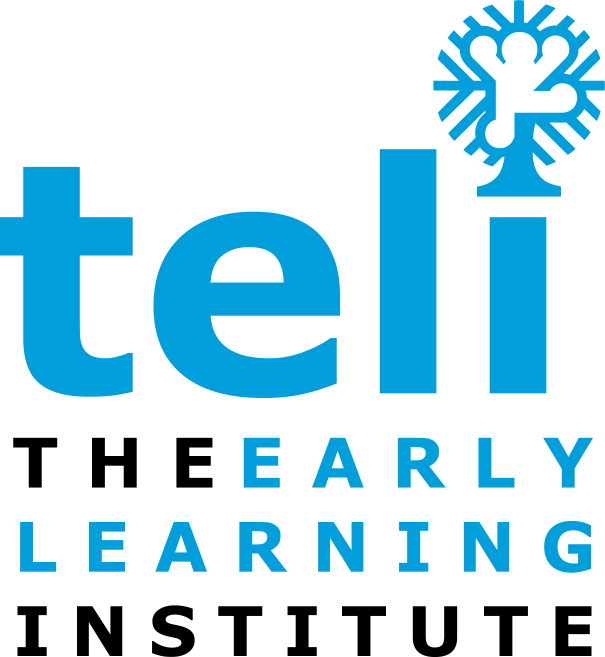The Importance of Early Intervention Therapy in the Treatment of Cerebral Palsy
What is Cerebral Palsy?
Cerebral Palsy is a condition that occurs during the early stages of brain development in an infant. The delicate process of brain development is disrupted by an injury or insult to the brain that happens before birth, during birth or immediately after birth.
Cerebral Palsy affects the child’s muscle tone and limits their ability to move, control and coordinate their body, primarily their arms and legs. These limitations impact fine and gross motor skills as well as oral motor skills due to the lack of muscular control. Additionally this slows the child’s achievement of developmental milestones.
What are the symptoms of Cerebral Palsy?
The early signs of a potential Cerebral Palsy diagnosis that a parent or health professional may notice are stiffness of the limbs and delays in developmental milestones for the child. An inability to control their muscular systems by holding their head up, reaching for a toy, rolling onto their belly or sitting without assistance are potential signs of developmental delays associated with Cerebral Palsy.
When a child is not progressing as they should as compared to their peers, parents often express their concern to their physicians. While each child and diagnosis is unique, there are four red flags that health professionals have identified as the symptoms of Cerebral Palsy.
- Very tense and tight arms and legs with limited mobility.
- Arching the back
- Poor head control
- Clenched Fists
How can Cerebral Palsy be treated?
Every parent anticipates a child’s progression from rolling over to grasping for a toy to crawling and ultimately their first step. When doctors identify the visible red flags that may indicate brain injury and the diagnosis of Cerebral Palsy, the next step is to insure the child receives the appropriate Early Intervention therapy to address their issues.
 Jeannine Moyer, a teli physical therapist has worked with children as young as 4 months of age, displaying the challenges in movement and muscle weakness associated with Cerebral Palsy.
Jeannine Moyer, a teli physical therapist has worked with children as young as 4 months of age, displaying the challenges in movement and muscle weakness associated with Cerebral Palsy.
“When parents receive the diagnosis, we help them to understand that we are there to help them through the journey,” says Jeannine. “We work to relieve the muscle tightness in various limbs and strengthen those muscles. This is turn helps to support them to achieve other developmental milestones to reach for a toy or grasp something to eat. Children, especially infants are all about exploring and we have to “unlock” their body to help them explore.”
What type of Early Intervention therapies do children with Cerebral Palsy need?
At teli, Early Intervention therapy is unique to each child, and most typically involves a team of teli therapists to care for a child with Cerebral Palsy. As a physical therapist, Jeannine includes a number of massage techniques coupled with stretching, building range of motion and strengthening of the muscles affected. For most children diagnosed with Cerebral Palsy, the limbs are typically most affected, on one side or both, dependent on the injury to the brain they sustained.
Other teli therapists are often consulted such as Occupational Therapist to help the child grasp objects, a Developmental therapist to learn matching shapes and playing with toys to reinforce grasping as well as a Speech Therapists to help with oral motor skills to help with swallowing and chewing.
Another component to the care provided by teli is a Family and Community Worker who is a vital link in the coordination of services as well as providing additional emotional support. teli’s Family and Community Workers have extensive experience in identifying resources in the community to help in the management of the child’s care.
What other resources available to parents?
Involving the entire family in the process is very important as Jeannine works with family members to reinforce the physical, occupational and speech therapy exercises through their daily activities. teli therapists work very diligently to insure that parents have the right resources to help their child achieve their full potential.
“In addition to the physical therapies we initiate to strengthen the child’s muscles, we introduce equipment solutions that enable them to have the support for their muscular challenges while they focus on achieving other developmental milestones. Some of the potential options available include Ankle Foot Orthotics to support children to stand and walk, or special seating systems to enable them to sit comfortably while beginning to scribble or draw,” says Jeannine.
How does teli help families manage the emotional challenge of Cerebral Palsy?
The diagnosis of Cerebral Palsy is emotionally difficult for any parent. At teli, the team of physical therapists, occupational therapists, speech therapists and developmental therapists, work to provide families with hope and the tools for the family and the child to build upon in their journey. “Parents are often focused on what their child can’t do when faced with the diagnosis. We help families work through the challenges and stress by celebrating every milestone of their child’s progress,” says Jeannine. “We point out even the smallest of improvements toward a goal to give them hope.”
Learn more about teli’s Early Intervention Services
Find more Early Intervention Parent Resources


